On this post where I go next after Jordan River and Jericho, moving from the region of Galilee to enter the holy city of Jerusalem. The city of wonder, the city that keeps a lot of history and stories of Christianity, Judaism, and even Islam. Jerusalem is very rich in story that almost a week I spent there are just not enough to get even half of it.
Considered as on of the oldest city in the world, Jerusalem until today, also known as the center of conflict between Israel and Palestine. This conflict, will not be enough for a single blog post unless written in a very long long post. Which might bore the hell out of you.
Don’t worry, I found this video from one of my favorite YouTube channels might be helpful to understand just a glimpse of it. It’s quite a short explanatory video.
Intro For Jerusalem
I’ve been reading and watching documentaries about Jerusalem for quite a time before I’m going. One thing I know for sure, the more I read, the more I watch, this city is charming hands down. I don’t know how to put it in words actually, but I got an idea to compile this intro from a couple sites. Which I hope you’ll get what I mean.
The Poetic
Okay, here’s the first one, from goisrael.com :
What has not already been said about the holiest city in the world, the city that has been united, the eternal city first built thousands of years ago, whose history can be heard in the whispering of the wind along the walls, where every stone tells a wondrous story of a city that has drawn millions of faithful pilgrims for thousands of years. Such is Jerusalem, the capital of Israel, the only city in the world that has 70 names of love and yearning, the city that in old maps appears at the center of the world and is still adored like a young bride.
Jerusalem is a city of overwhelming emotions, a city that promises a religious and spiritual experience, excitement and pleasure, interesting tours and entertaining adventures. Here, alongside Jerusalem’s fascinating historic and archeological sites, there are amazingly modern tourist attractions for all lovers of culture, the arts, theater and music, architecture and gastronomic delights.
Wooah, quite poetic, isn’t it? … whispering along the walls… 🙂
The Magical
Now here’s the second one, from lonely planet :
Sacred to Jews, Christians, and Muslims, Jerusalem’s Old City is one of the world’s foremost pilgrimage destinations. It’s also one of the most magical – and disputed – places in the Middle East. If the description ‘living history’ truly applies anywhere in the world, it applies here.
See that? World’s foremost pilgrimage destinations. … most magical …
The Savvy
And then, the third one, from Wikitravel :
A holy city to three religions (Islam, Christianity, and Judaism), Jerusalem is one of the oldest cities in the world. The City of Gold, as it has come to be known in Hebrew, is a fascinatingly unique place where the first century rubs shoulders with the twenty-first century, each jostling for legitimacy and space, and where picturesque “old” neighborhoods nestle against glistening office towers and high-rise apartments. It is one of those places which has to be seen to be believed.
Wow, I like that term. First century rubs shoulders with the twenty-first century. Hmm… Has to be seen to be believed.
Here, have another one, a trailer from National Geographic. Of course, you guys know Nat Geo, right? Everybody know…
How can this city be so charming?
I think what makes it so lovely is that the rich history this city has. The title Oldest City, Center of The World, City of Gold, Holiest City, et cetera, are there for a reason. The story of creation from the Jewish tradition 5766 years ago, ancient wars happened long ago from 1000 BCE, up until now the conflict still ongoing between religions and state (Israel – Palestine). This is a looong story to tell.
Short History
Worry not, here’s a short summary of history that I think compiled good enough from goisrael.com :
If you are wondering how Jerusalem became such a center of religions and spirituality and a pilgrimage site for millions of tourists from around the world, the answer begins thousands of years ago. Jerusalem’s history is one of wars and struggles.
Its strategic location attracted many nations that wanted to capture the city, and some of them did rule over it for various periods. This city has known war and peace, love and hate, riches and poverty, destruction and renewal, happiness and pain.
According to Jewish tradition, the creation of the world began (5766 years ago) with the foundation stone on Mount Moriah (under the Dome of the Rock on the Temple Mount). This is where an important royal Can’anite city was built (about 4,000 years ago), and which was conquered from the Jebusites by King David in 1004 BCE and became the capital of his kingdom and a holy city.
Jerusalem Conquered
David’s son Solomon built the First Temple and his descendants (Hezekiah, Zedekiah and the Judean Kings) continued to enlarge and fortify the city’s boundaries and to build a water supply system (Hezekiah’s tunnel).
These efforts paid off, and when King Sennacherib of Assyria besieged Jerusalem he could not subdue the city and withdrew. Only in 586 BCE did Nebuchadnezzar conquer the Jewish capital.
The city was destroyed and most of its inhabitants exiled to Babylon. In 538 BCE Xerxes, the King of Persia, who has conquered Babylon, permitted the exiled Jews to return to Judea and Jerusalem, where they rebuilt the city and built the Second Temple. For 370 years Judea was an autonomous district, first under the Persians and then under the Greeks.
After the Hasmonean Revolt in 168 BCE, Jerusalem again became the capital of a Kingdom, that later became under the rule of the Roman Empire. King Herod the Great further expanded the Temple in the years 73-4 BCE.
The Jewish Revolt
At the end of the Second Temple period, Jerusalem was a city of great social and religious tension. It was during this period that Jesus was preaching in Nazareth. In 66 CE the Jews rebelled against the Roman Empire and took over Jerusalem. The suppression of this revolt ended in 70 CE, and the Romans, led by Titus, conquered the capital, destroyed the Temple completely and exiled the city’s inhabitants.
For the next 60 years, Jerusalem was desolate, until the Bar Kokhba Revolt, when the Jews returned for a short while. In 135 CE, the Romans rebuilt and renamed the city Aelia Capitolina and barred the Jews from living there.
After the Roman Empire accepted Christianity in 324 (and later became the Byzantine Empire), Jerusalem again became an important city. The site connected with Jesus’ life and death were located and declared holy, and many magnificent churches were built, including the Church of the Holy Sepulcher (the Church of the Resurrection) and the “Mother of all the Churches,” on Mt. Zion.
Muslim Era
In 638 the Muslims conquered Jerusalem and built the Dome of the Rock and the Al-Aqsa mosque over the next few centuries. Following the Muslim conquest the Jews returned to Jerusalem, and around the 10th century, this city again became the spiritual capital for the Jews of the Land of Israel.
The Crusaders also wanted to rule Jerusalem. They conquered the city in 1099, massacred the Jewish and Muslim residents and made Jerusalem their own capital. Less than 100 years later, in 1187, the Crusaders were defeated by Saladin a battle at Khitin. At that time the Jews returned to Jerusalem and have been here ever since.
In 1250 the Mamluk dynasty rose to power in Egypt and its rulers conquered this region and became the new lords of Jerusalem. In 1517 the Ottoman Empire spread to Jerusalem and for 400 years was under Turkish rule. During the first 100 years, the city flourished and its walls were rebuilt. In the second half of the 16th century, as the Ottoman Empire began to decline, so did Jerusalem’s fortunes.
By the beginning of the 19th century Jerusalem was a small neglected city inside its walls, and only toward the end of the century (from 1860 onward), did the New City begin to grow, thanks to the generosity of British philanthropist Moshe Montifiore, who financed the construction of Mishkenot Sha’ananim.
The success of this new neighborhood led to more neighborhoods being built outside the walls. More Jews began moving to Jerusalem, becoming a majority of the population in 1873.
Jerusalem as Israel Capital
In 1917, with the start of the British Mandate period, Jerusalem retained its status as the capital of the land. When Israel was established in 1948, Jerusalem was declared the state capital, and all the major government institutions were built here. These including the Knesset (Israel’s parliament building), the Supreme Court and the various government offices.
During the War of Independence, following bloody battles and ceasefire agreements, Jerusalem was left divided between Israel and Jordan, until the capital’s liberation in the Six Day War in 1967, when the two parts of the city were united and Jerusalem became Israel’s largest city.
I love how they put it this way, save me some time. Hahaha…
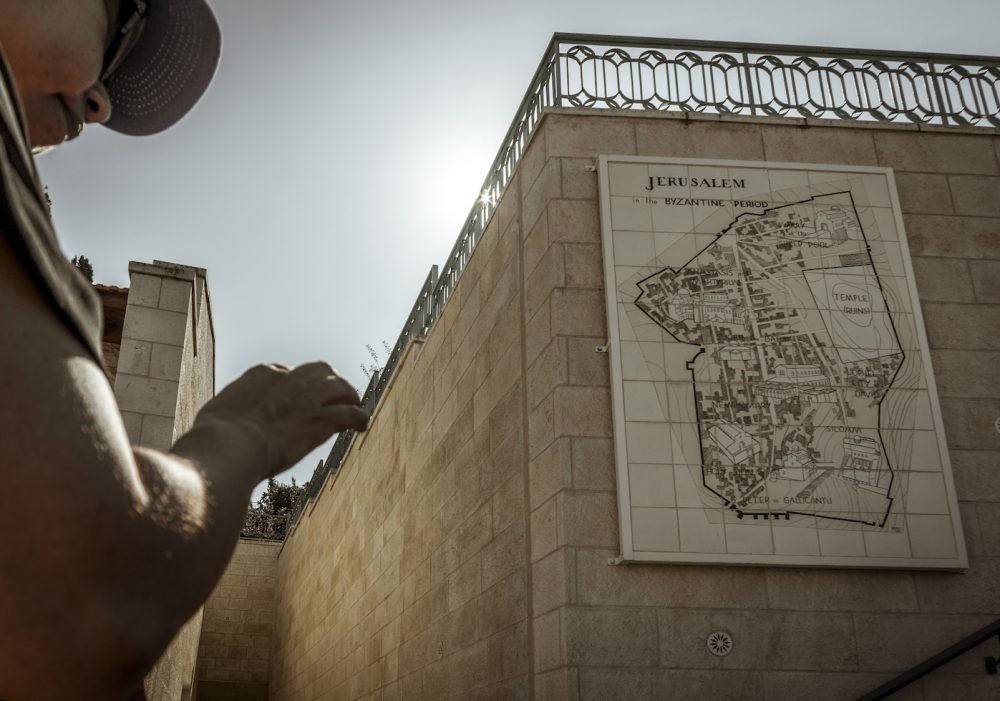
First Stop – St. Peter Church in Gallicantu
Once we enter this city, not just it was magical but it was also strange. This is where Mr. Dani, our local guide started his story about conflicts in Jerusalem. Where it all begin. Better to just watch those videos above. Pretty much similar to what he said.
I will leave you with your own judgment. I know there’s a lottt of debate of what’s actually going on here, let’s just leave it for now.
Our first stop was the Church of St. Peter in Gallicantu. It’s already 3 pm when we arrived. And here’s how it looks like.

This is the place where Peter denied Jesus for three times before the cock crows three times in the morning. As written in the gospel of Matthew 26 : 69 – 75.
About The Church
It is a Roman Catholic Church located in the eastern part of Mt. Zion, just outside of the Old City wall of Jerusalem. The church name is from the Latin word Gallicantu, which mean cock-crow. Therefore you can see a golden rooster just at one of the roof.
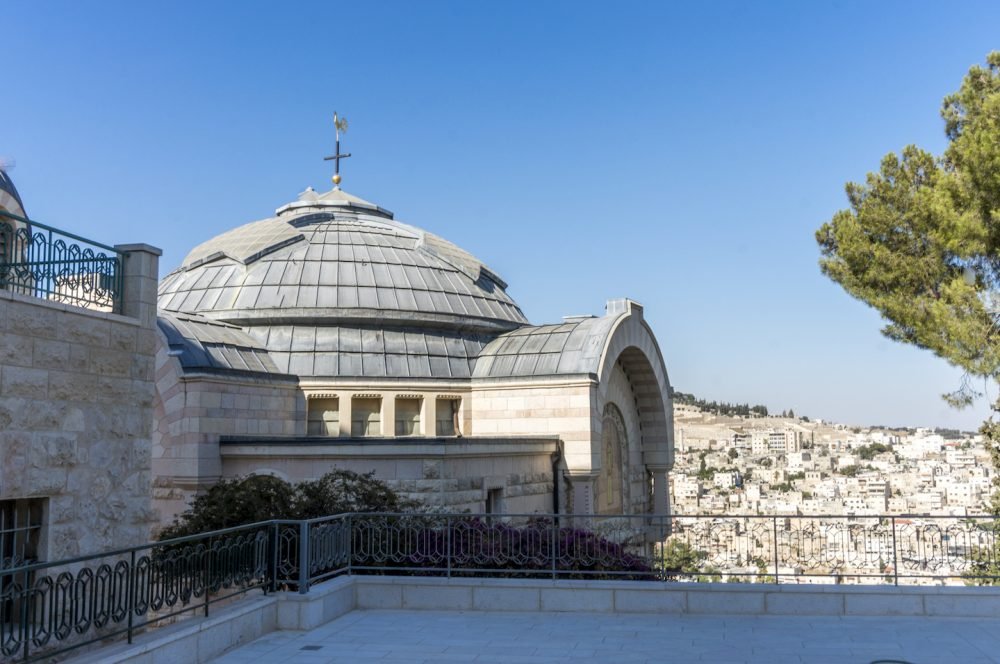
A Byzantine shrine dedicated to Peter’s repentance was erected on this spot in 457 AD, but was destroyed by the Fatimid caliph Al-Hakim bi-Amr Allah in 1010. The chapel was rebuilt by Crusaders in 1102 and given its present name.
After the fall of Jerusalem, the church again fell into ruin and was not rebuilt until 1931. Today a golden rooster protrudes prominently from the sanctuary roof in honor of its biblical connection.

The Artworks
The Church of St Peter in Gallicantu is built on four different levels — upper church, middle church, guardroom, and dungeon. Its design and art are a colorful blend of contemporary and ancient works.

In the picture above, an engraved artwork appeal very interestingly as the door closed, we can see the illustration of how Jesus told Peter that he will deny Him three times. Let’s call it the “I tell you, Peter, before the rooster crows today, you will deny three times that you know me.” artwork.
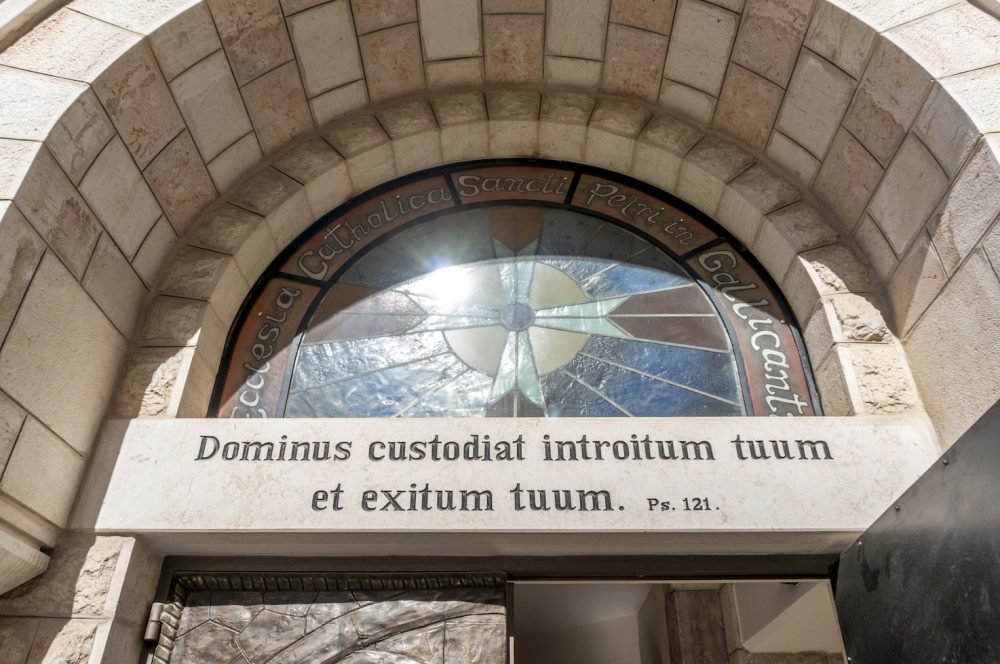
Entering the church I saw a lot of artwork inside. Pictures, engraving, mosaic, up to the ceiling. It was all beautifully made in such order that I myself admired that I forgot to document all of them. But here’s a list :
- In the courtyard, a statue depicts the denial, including the rooster, the woman who questioned Peter, and a Roman soldier.
- Inside, on the right, are two Byzantine-era mosaics. Uncovered during excavation, they were most likely part of the floor of the fifth-century Byzantine church.
- The ceiling is a striking feature. It is dominated by a huge cross-shaped window designed in a radiant variety of colors.
- Three large mosaics cover the back wall and two side walls. Facing the entrance is a bound Jesus being questioned in the house of Caiaphas; on the right, Jesus and the disciples are shown at the Last Supper; on the left, Peter is depicted in ancient papal dress as the first pope.
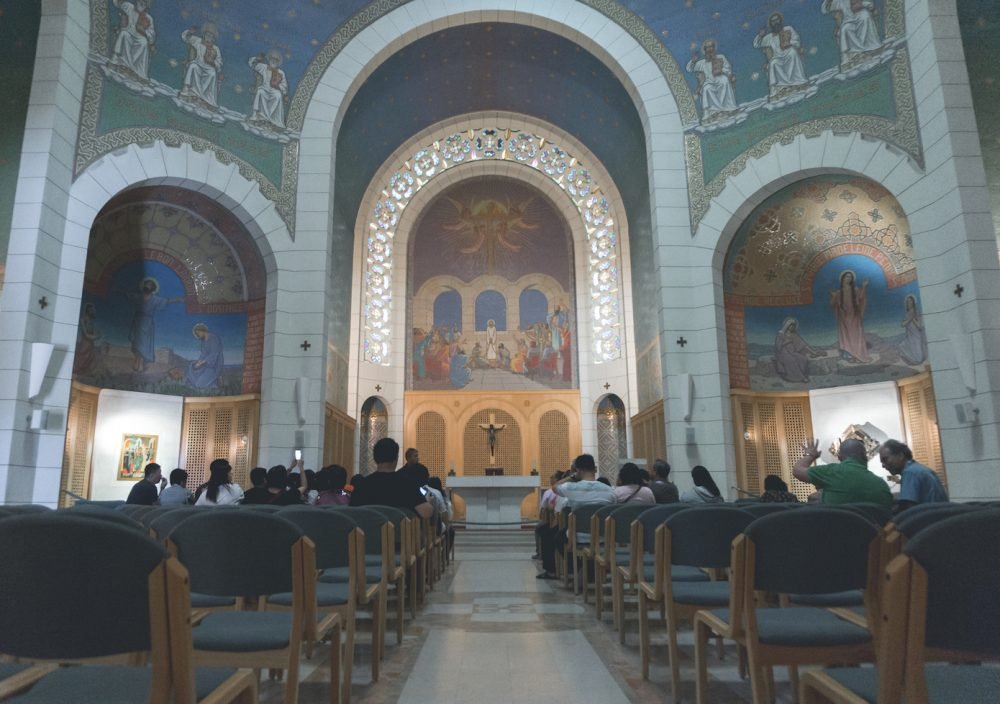
The Dungeon
Down a hole in the center of the sanctuary, one can see caves that may have been part of the Byzantine shrine. These walls are engraved with crosses left by fifth-century Christians.

It’s quite loose in the upper part of the church, but once we were going to the lower part, it’s pretty narrow and less space to move around. Especially with many other visitors. Imagine groups of pilgrims. We had to actually wait in turn to see the underground room where it is believed Jesus once imprisoned inside.
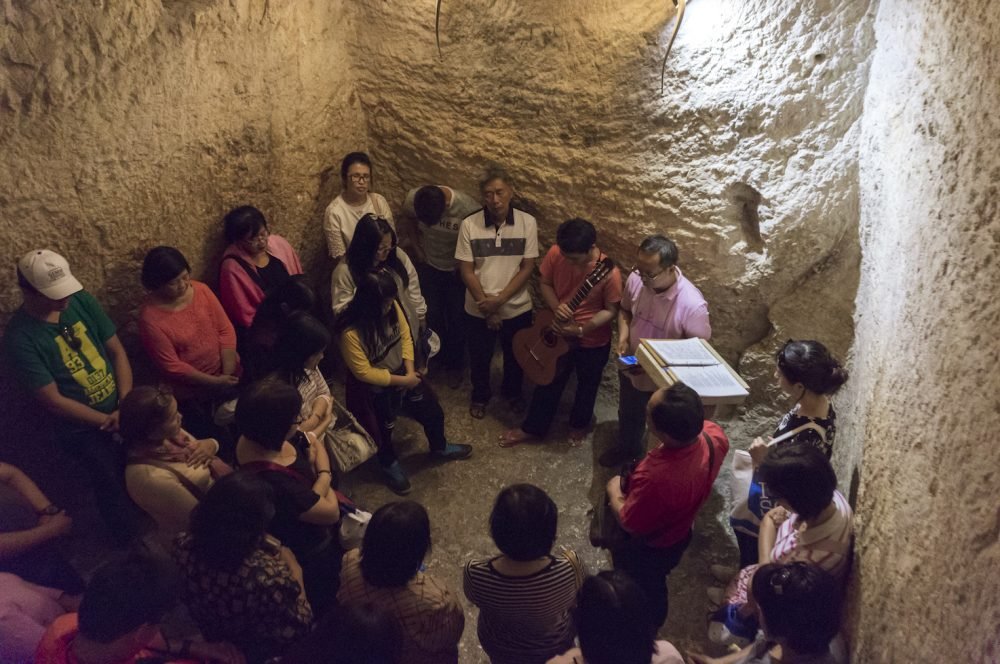
The room was quite small for all of us to get in. One thing for sure, the oxygen level is something to be considered. With more and more people, surely less and less oxygen available. I can feel it with the tempo of my breathing. We had a short prayer inside this dungeon.
However, these underground caves were normal in many Roman-era homes and often served as cellars, water cisterns, and baths.
Kidron Valley
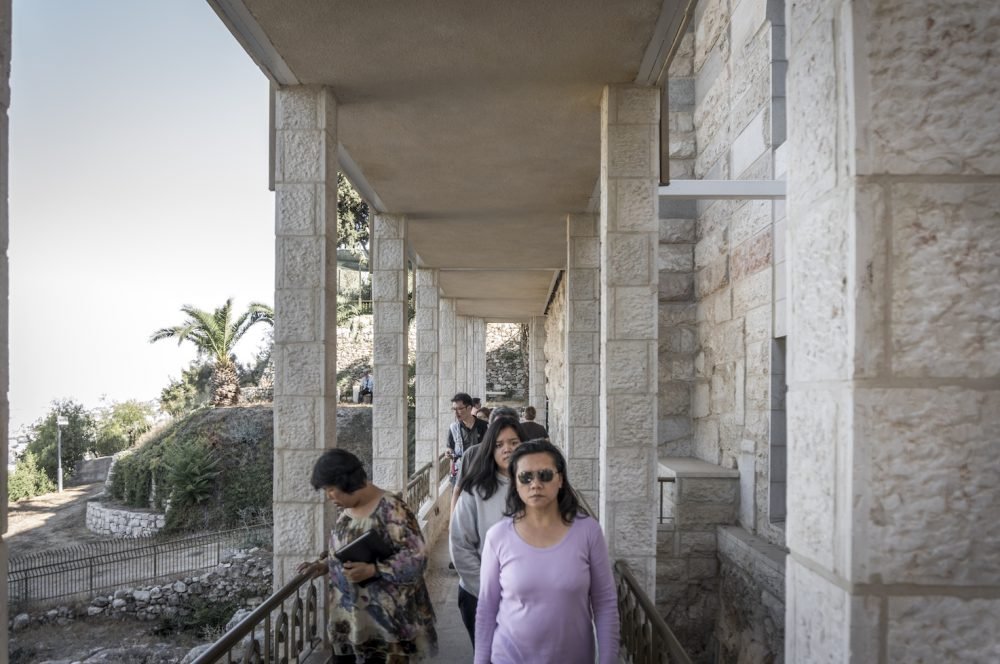
We’re going around the church exploring more before finally, we go out to the north side of the church. Where there is an ancient staircase that leads down towards the Kidron Valley. This may have been a passage from the upper city to the lower city during the first temple period. Many Christians believe that Jesus followed this path down to Gethsemane the night of his arrest.

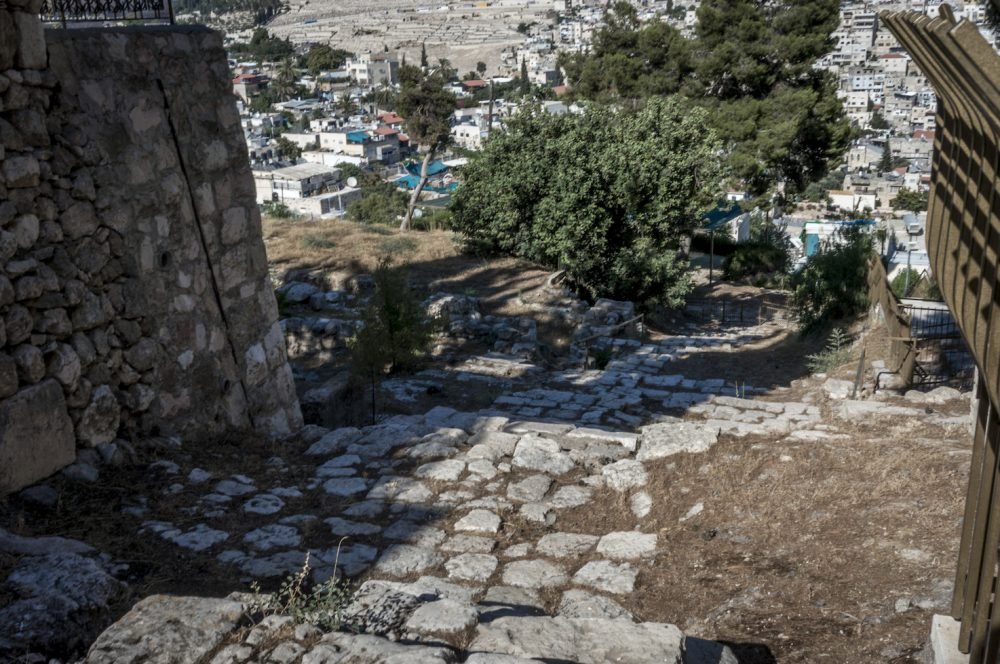
Beside the Church of St Peter in Gallicantu, excavations have brought to light a stepped street which in ancient times would have descended from Mount Zion to the Kidron Valley. These stone steps were certainly in use at the time of Christ. On the evening of his arrest, he probably descended them with his disciples on their way from the Last Supper to Gethsemane.
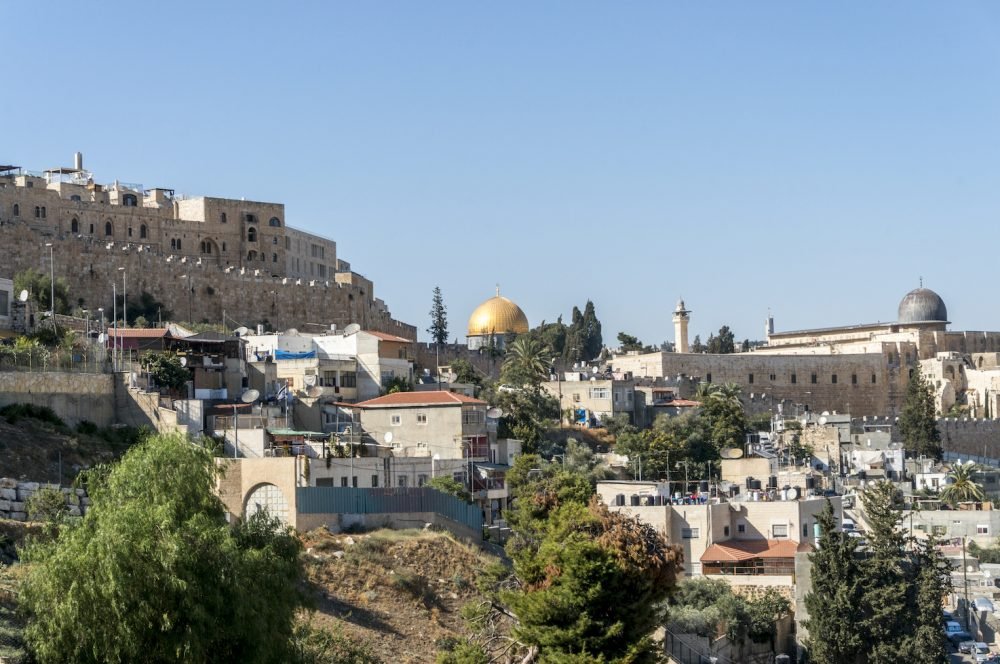
More Images
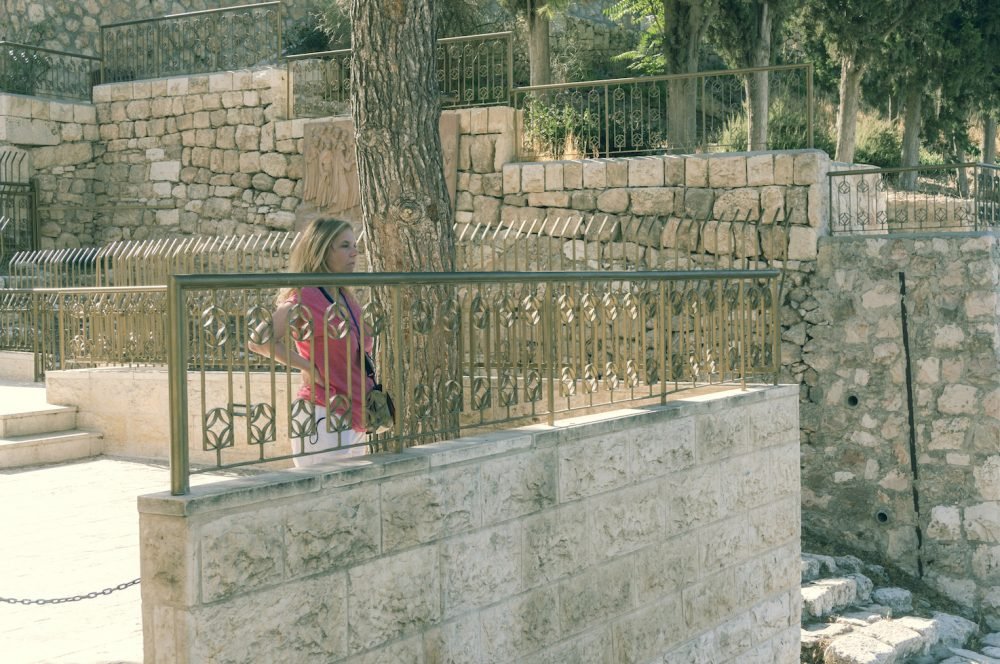
Whenever and wherever I visit some pilgrim sites, I always stumble upon random strangers praying or simply having their private moment. Like this woman above, she’s praying while looking at the view of Kidron Valley. When she noticed our group, she quickly ended her prayer and changed her gesture.
That’s the beauty, isn’t it. Everybody can have their religious time alone, in the promised land.
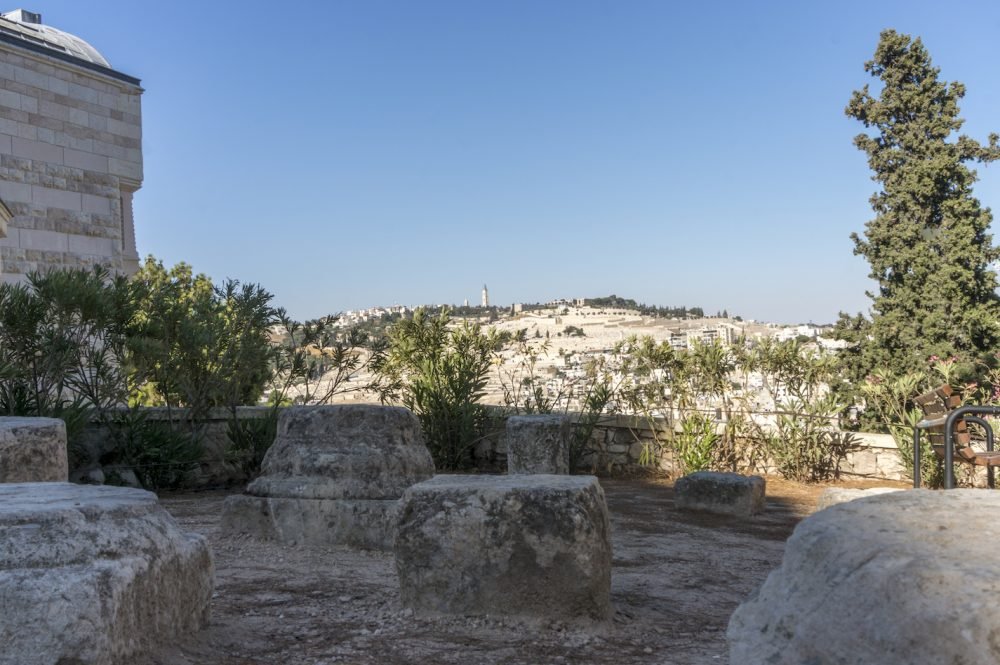

Once we had enough of this church, we proceed to our next and final stop of the day, King David’s Tomb. Located just inside the city of David, very close to the Upperroom. Which I will put on the next post. This is already quite a long post. Save it for the next one, yeah?
That’s everything I have for now. St. Peter’s Church was amazing. Great atmosphere and awesome feeling. Beautiful church with beautiful artworks. Definitely, spare some time to visit this place when you travel here.
Thanks for reading! Don’t forget to subscribe, like and share. I will see you in the next post. Bye!
- If you’re looking for flights to visit this place, click here.
- Never forget travel insurance if you’re traveling. Also, learn more about how you can get insurance cover while traveling.
- Got a place to stay in Jerusalem? Check for the best deal here.
- We’re staying at Ramada Hotel in Jerusalem, a great 5-star hotel.
- Don’t forget to bring your camera, you can get the best camera suitable for your need.
- Check out my resources page to help you travel easier.
This is my itinerary on my first day arriving in Jerusalem.

Leave a Reply